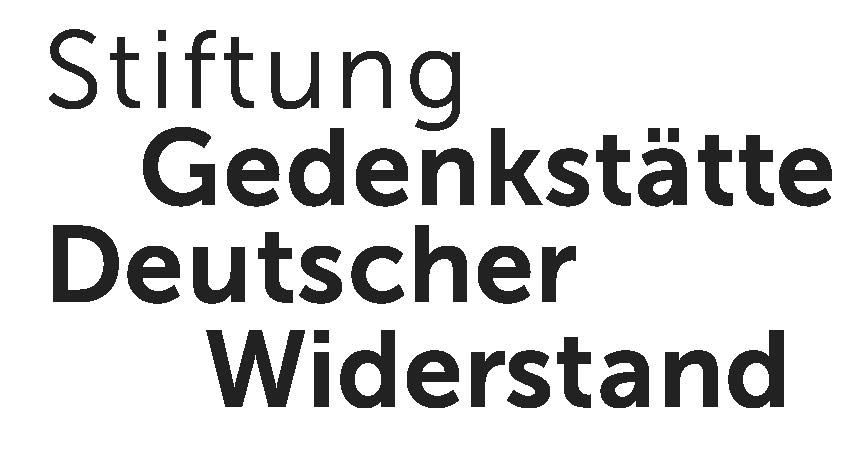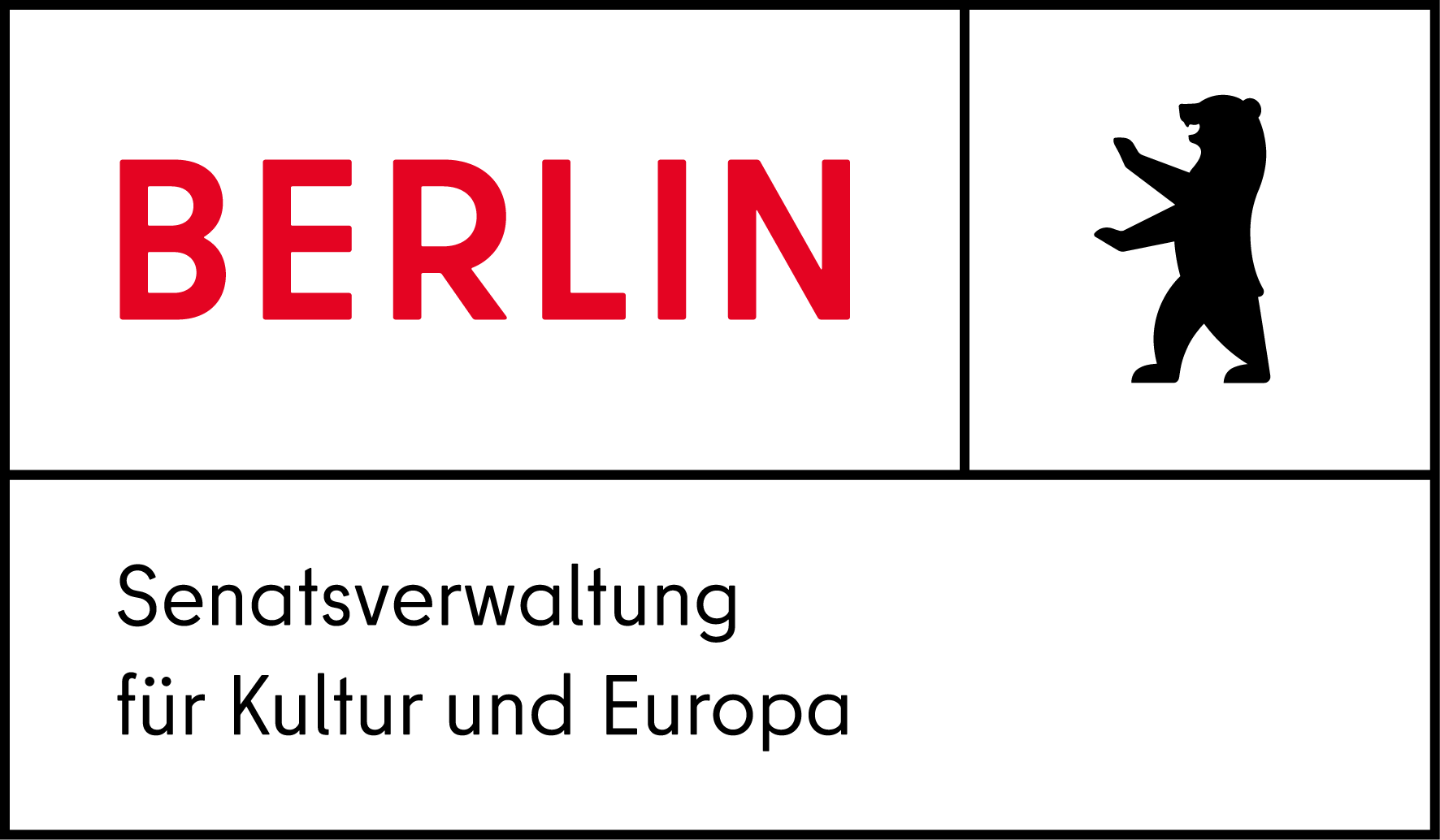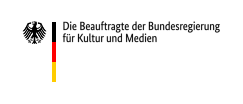|
Part I : The background1. The way they were : the Berlin Psychoanalytic Institute (BPI) emerges as a role model for the profession |
|
2. The role of the Göring Institute in the endurance and modification of the psychoanalytic continuum in Germany |
|
Part II : Political ideology and psychoanalysis |
|
3. Totalitarianism and psychoanalysis |
|
4. The rise and fall of Marxism within the psychoanalytic movement |
|
5. Jung and Jungian psychology : the theoretical color bearer for the new German (Nazi) psychotherapy |
|
Part III : Hitler in power |
|
6. The beginnings of Nazi rule and the initial reaction of the psychoanalytic community |
|
7. M.H. Göring : head of the German Medical Society for Psychotherapy and the Göring Institute |
|
8. The Freudian response to the Nazi threat in Germany : Jones and the IPA |
|
9. The Göring Institute |
|
10. The integration of the Nazi medical principles of healing and extermination within the Göring Institute : the roles of M. H. Göring and Herbert Linden |
|
11. "Finis Austriae" (The end of Austria) or "The stronghold of Jewish psychotherapy has fallen" |
|
12. Compromise, collaboration, and resistance among the psychoanalysts during the Third Reich : Carl Müller-Braunschweig, Käthe Dräger, and John Rittmeister |
|
Part IV : Psychoanalysis in Germany after the Third Reich : the long road back |
|
13. War's end |
|
14. Postwar legacies |
|
Part V : Some conclusions |
|
15. The continuity vs. discontinuity of psychoanalysis during the Third Reich |
|
16. Do all roads we traveled lead to Werner Kemper as a source of disinformation? |
|
17. Thoughts about psychoanalysis in Germany : perspectives and prospectives. |
|
Part I : The background |
|
1. The way they were : the Berlin Psychoanalytic Institute (BPI) emerges as a role model for the profession |
|
2. The role of the Göring Institute in the endurance and modification of the psychoanalytic continuum in Germany |
|
Part II : Political ideology and psychoanalysis |
|
3. Totalitarianism and psychoanalysis |
|
4. The rise and fall of Marxism within the psychoanalytic movement |
|
5. Jung and Jungian psychology : the theoretical color bearer for the new German (Nazi) psychotherapy |
|
Part III : Hitler in power |
|
6. The beginnings of Nazi rule and the initial reaction of the psychoanalytic community |
|
7. M.H. Göring : head of the German Medical Society for Psychotherapy and the Göring Institute |
|
8. The Freudian response to the Nazi threat in Germany : Jones and the IPA |
|
9. The Göring Institute |
|
10. The integration of the Nazi medical principles of healing and extermination within the Göring Institute : the roles of M. H. Göring and Herbert Linden |
|
11. "Finis Austriae" (The end of Austria) or "The stronghold of Jewish psychotherapy has fallen" |
|
12. Compromise, collaboration, and resistance among the psychoanalysts during the Third Reich : Carl Müller-Braunschweig, Käthe Dräger, and John Rittmeister |
|
Part IV : Psychoanalysis in Germany after the Third Reich : the long road back |
|
13. War's end |
|
14. Postwar legacies |
|
Part V : Some conclusions |
|
15. The continuity vs. discontinuity of psychoanalysis during the Third Reich |
|
16. Do all roads we traveled lead to Werner Kemper as a source of disinformation? |
|
17. Thoughts about psychoanalysis in Germany : perspectives and prospectives |


